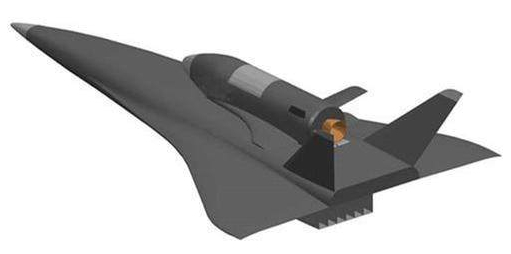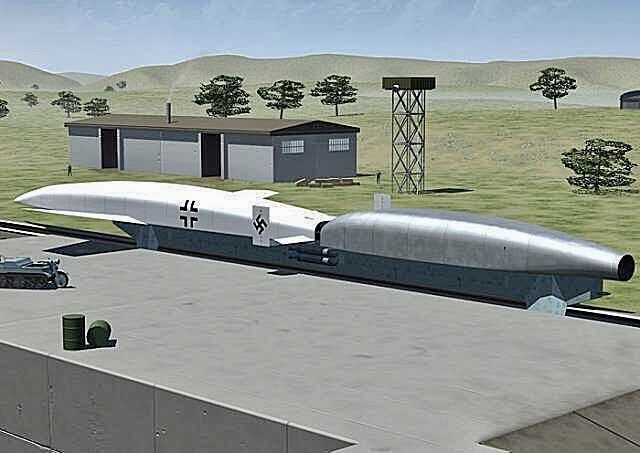International
China is designing a space plane launched from a railgun

Chinese scientists are reportedly developing a giant electromagnetic cannon to launch hypersonic aircraft into space. The space plane would be larger than a Boeing 737, and the technology could help reduce launch costs.
The South China Morning Post (SCMP) reports that once in operation, the 50-ton giant space plane would be launched at twice the speed of sound. Chinese scientists have been working on the project (called Tengyun) since 2016, but they believe they are very close to a breakthrough.
The “railgun” is an electromagnetic launch track used to accelerate the hypersonic plane to Mach 1.6, which is almost twice the speed of sound (Mach 2). It is said that the huge space planes will exceed 39.3 meters in length and weigh 50 metric tons. If true, that is longer than a Boeing 737.
After launch, the space plane will form a runway and enter space after igniting its engine. If successful, the new technology could drastically reduce launch costs. This makes it attractive to companies such as NASA and SpaceX, which have yet to successfully develop an electromagnetic launch of this scale.

Space planes launched with electromagnetic cannons.
Relying solely on the aircraft’s own energy for takeoff would require a significant amount of fuel, and the team also encountered difficulties in finding a way to combat the dangers of a low-speed takeoff.
To overcome this problem, Chinese engineers reportedly had to compromise on aerodynamic design and engine layout, which affected the machines’ high-speed flight efficiency. Scientists working on the Tengyun project are confident they can solve the current problems.
‘Electromagnetic launch technology offers a promising solution to overcome these challenges and has emerged as a strategic frontier technology pursued by the world’s leading nations,’ wrote Li Shaowei, lead scientist of the team, in an article published in the journal Acta Aeronautica on Feb. 6.
To test a theory, the China Aerospace Science and Industry Corporation (CASIC) will use the high-speed maglev test facility with a 1.95-kilometer-long track in Datong.
The original purpose of the lab was to provide a key test platform for vacuum tube maglev train technology. It is now being used for aerospace testing because of its ability to propel heavy objects up to 1,000 km/h.
The Datong test facility will be extended to 37.2 miles (60 km/h) in length, reaching a maximum operating speed of 5,000 km/h in the future.
An ambitious project, but not a new one
According to SCMP, the lab is considered one of the’most ambitious electromagnetic propulsion facilities on the planet,’ which is why it will now be used to collect crucial scientific data for the electromagnetic space launch project.
NASA and the U.S. Navy have also been experimenting with electromagnetic space launch systems and hypersonic aircraft with China.
In the 1990s, NASA attempted to build a 49-foot (14.9-meter) mini-test line but could only complete about 32 feet (9.8 meters) due to technical difficulties and a lack of funds.
Military officials decided to abandon their ambitious project and instead focused on developing low-speed electromagnetic catapult technology.

Horizontal acceleration launching, however, is not new: the Sanger “Siebelvogel” or “Amerika Bomber,” developed by Nazi Germany in the 1940s, involved launching an orbital bomber by launching it from an accelerated track via a rocket.
The real innovation in this case comes from the use of magnetism to accelerate the craft onto the rail.






